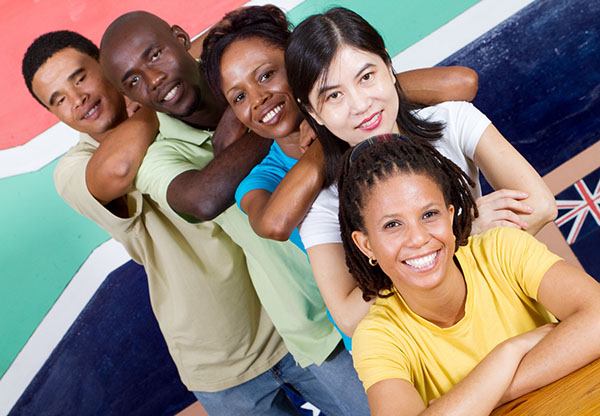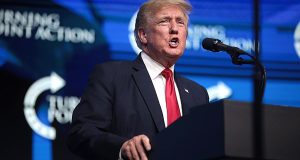NYC-raised, Iranian-schooled Woman Says We Should All Embrace And Preserve Cultural Traditions
What does it mean to be an American? The answer to that question is changing.
It’s exemplified in stories like that of Shaghayegh “Sharon” Farsijani, raised in New York City until she was a teenager and then transplanted to Iran for her high school years.
Her experience trying to balance two vastly different cultures while recognizing the beauty in both was difficult but ultimately liberating, she says.
“I was a Brooklyn girl and my parents were quite ‘American’ although they were Iranian natives. My father wanted me to live in Tehran for a few years so I could experience his culture,” says Farsijani, whose new book, “Lacking Lips of Time,” (lackinglipsoftime.info), puts to words her feelings from that time.
“I witnessed much beauty living in and attending school in what used to be ancient Persia, and I embraced it, but I had to do that while adapting to a much more restrictive, religiously observant, culture. It’s a fine balancing act between conforming and staying true to who you are.”
Farsijani says poetry helped her synthesize her feelings and appreciate the beauty – the people, culture and land – around her. She later went on to earn her MBA, became a noteworthy journalist in Iran and traveled extensively, eventually forging a new career in the United States.
While preserving and embracing ethnic and cultural heritage is easier in some ways in America today, she says, it’s also more complicated. Farsijani shares three “snapshots” of our contemporary American “melting pot”:
• Hispanics, our largest minority, represent a multitude of cultures. Fifty-one percent of Hispanic adults in the United States say they identify not with a generalized “Latino” heritage but with their family’s country of origin. And 69 percent say Latinos have many different cultures. That poses challenges for families who want to preserve cultural traditions in a nation that tends to paint diverse groups of people with a broad, homogenous brush.
“One of the beautiful things about our cultural diversity is that it enriches all of us, whether or not we share that ethnicity,” says Farsijani. “Something as basic as a dish of chicken and yellow rice can be prepared one way in Colombia and another in Costa Rica.”
By exploring and appreciating what different cultures make available to us as Americans, she says, we can help ensure traditions remain authentic and available.
• Many more people identify themselves as multi-racial. With racial differences often come cultural differences. In 2000, for the first time, the U.S. government officially recognized that some Americans identify with more than one race. That year, the Census offered us the option to check multiple races to answer the question, “What is this person’s race?”
“It’s surprising that it took 210 years to make this change, but it’s a huge step forward in helping individuals balance their multiple racial and ethnic identities,” Farsijani says. “When the government basically tells you, ‘You can only be one race,’ it’s sending a message that your other identities have no value.”
• With more diversity of immigrants comes greater religious influence. The U.S. government grants full residency status to about a million new immigrants each year. For centuries, we received wave after wave of Christian European immigrants, and those from other Western-hemisphere nations. But our melting pot has been expanding with a spike in immigrants from sub-Saharan Africa, Asia and the Middle East-North Africa region.
“There is no way to quantify the numbers because our government does not ask an immigrant’s religion,” Farsijani says. “But we can assume more pronounced diversity of religious and cultural colors on America’s family quilt, including Islamic and Hindu faiths.”
Acceptance of these different faith perspectives helps make the U.S. a stronger union, Farsijani says.
“America is beginning to look more like New York City in terms of diversity,” Farsijani says. “My hope is that we are able to appreciate our common humanity.”
 Pride News Canada's Leader In African Canadian & Caribbean News, Views & Lifestyle
Pride News Canada's Leader In African Canadian & Caribbean News, Views & Lifestyle





